In the ever-evolving world of digital marketing, email remains a cornerstone of customer engagement and business growth. As businesses seek to optimize their email marketing strategies, two platforms consistently stand out: ActiveCampaign and Mailchimp. These industry giants offer a plethora of features designed to streamline email campaigns, automate marketing processes, and drive conversions. However, choosing between ActiveCampaign and Mailchimp isn’t a simple task. Each platform brings its unique strengths to the table, catering to different business needs and marketing objectives. This comprehensive comparison delves into the intricacies of both platforms, examining their features, user experience, pricing, and overall performance to help you make an informed decision for your email marketing needs.
Key Facts
- ActiveCampaign excels in advanced automation and CRM features, making it ideal for experienced marketers and larger businesses.
- Mailchimp offers a user-friendly interface and a free plan, making it perfect for beginners and small businesses.
- Both platforms provide extensive integrations, but ActiveCampaign leads with over 750 app integrations compared to Mailchimp’s 200+.
- Prism Reach emerges as an innovative AI-powered solution, enhancing email marketing through deep personalization.
Automation and CRM Capabilities
ActiveCampaign has built its reputation on advanced automation capabilities and robust CRM features. As EmailToolTester notes, “ActiveCampaign excels in marketing automation, allowing complex workflows with multiple triggers, actions, and conditions.” This sophisticated approach makes it an attractive option for larger businesses and experienced marketers who require intricate campaign management tools.
ActiveCampaign’s built-in CRM features allow users to manage leads and automate sales processes seamlessly. This integration of email marketing and CRM functionalities can be a game-changer for businesses looking to streamline their marketing and sales operations.
Mailchimp, while offering automation features, focuses more on simplicity and ease of use. It provides basic automation workflows suitable for small to medium-sized businesses but lacks the depth and complexity that ActiveCampaign offers. This makes Mailchimp a less ideal choice for businesses that require advanced automation and CRM integration.
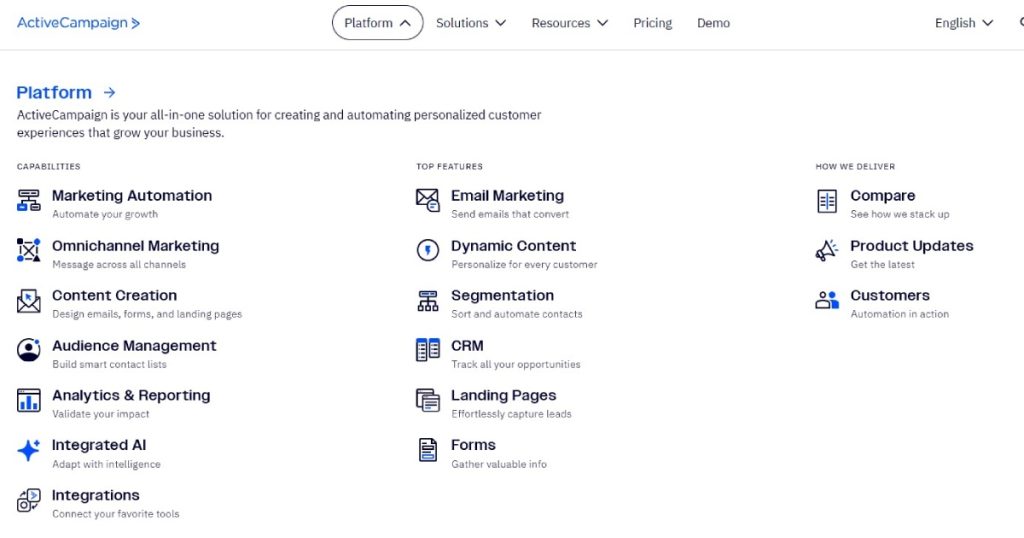
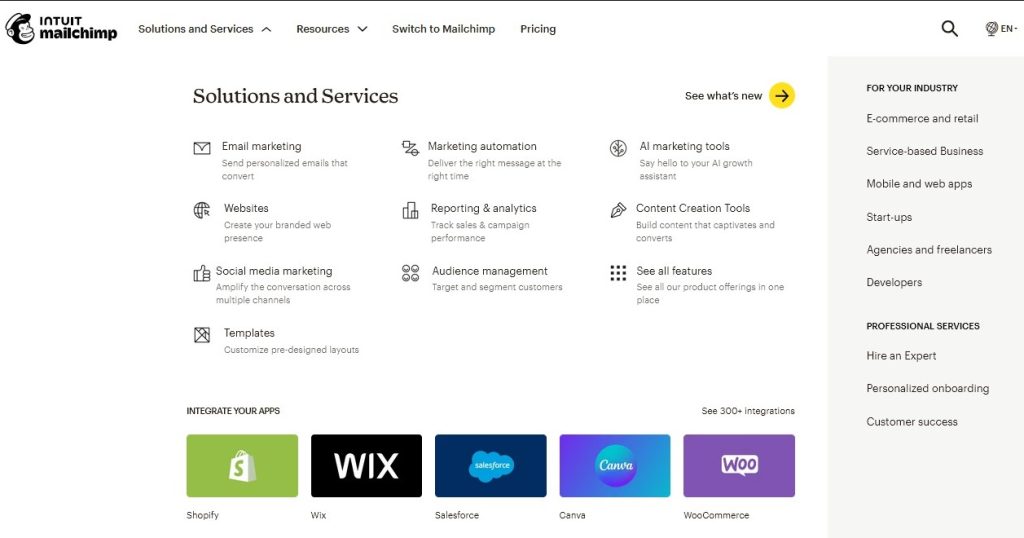
User-Friendliness and Accessibility
Mailchimp has carved out its niche by focusing on user-friendliness and accessibility. TechRadar praises Mailchimp’s interface, stating, “Mailchimp’s user-friendly interface is ideal for beginners.” This ease of use, combined with its free plan that supports up to 500 contacts, makes Mailchimp a popular choice for small businesses and those new to email marketing.
On the other hand, ActiveCampaign offers a more complex interface that can be daunting for beginners. However, for those willing to invest the time to learn, ActiveCampaign provides a more powerful set of tools that can significantly enhance marketing efforts.
Email Templates and Design
Both platforms offer a variety of email templates to suit different needs and industries. ActiveCampaign provides over 250 customizable email templates, giving users a wide range of options to choose from. Mailchimp offers 100+ professionally designed templates, which are known for their modern and sleek designs.
- ActiveCampaign:
- Over 250 customizable templates
- Highly adaptable to different campaign types
- Advanced customization options
- Mailchimp:
- 100+ professionally designed templates
- Modern and sleek designs
- Easy to customize with drag-and-drop editor
However, it’s worth noting that Mailchimp’s free plan limits users to just 8 basic templates. This could be a consideration for businesses on a tight budget who still want design flexibility.
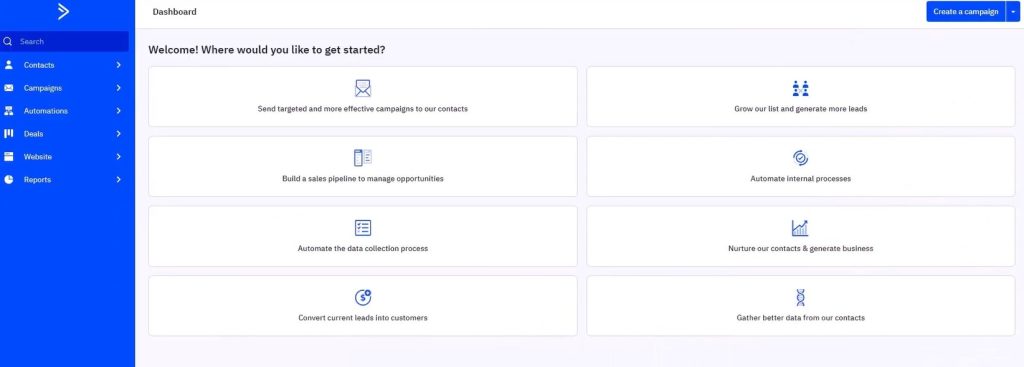
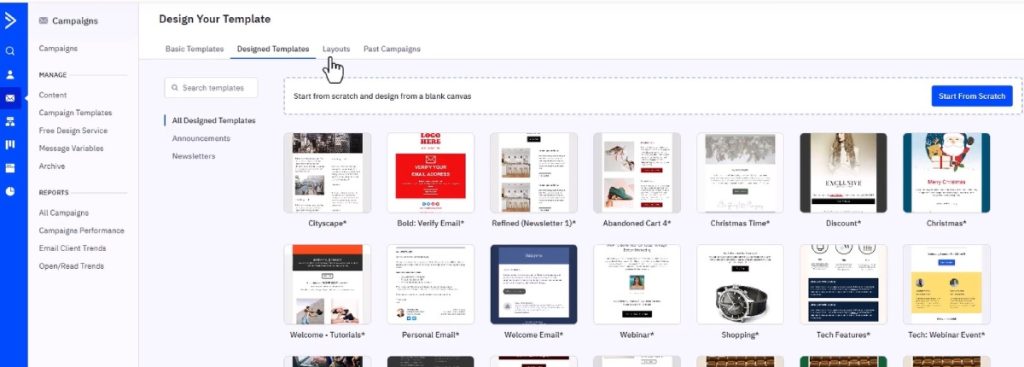
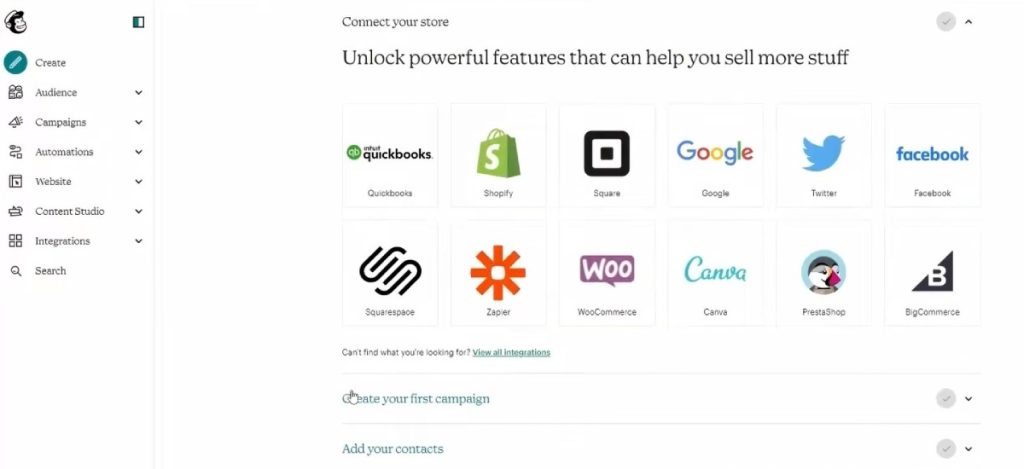
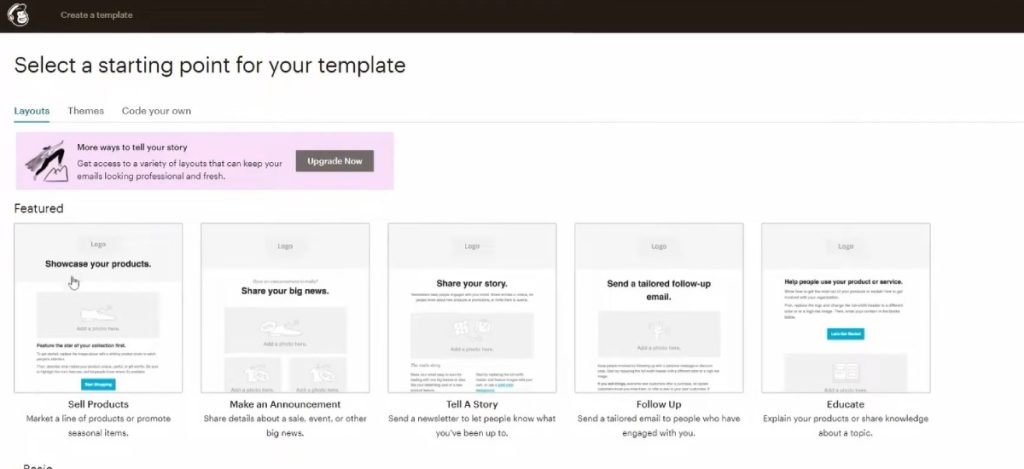
Deliverability and Performance
When it comes to ensuring emails reach their intended recipients, ActiveCampaign seems to have an edge. Zapier reports that ActiveCampaign boasts “higher deliverability rates compared to Mailchimp, ensuring emails reach the inbox more consistently.” This is a crucial factor for businesses looking to maximize the impact of their email campaigns and ensure their messages are being seen.
Mailchimp also maintains strong deliverability rates, but ActiveCampaign’s focus on advanced segmentation and personalization contributes to its superior performance in this area.
Pricing and Target Audience
Pricing structure is another significant differentiator between the two platforms. Mailchimp offers a free plan, making it accessible to small businesses and startups with limited budgets. In contrast, ActiveCampaign’s paid plans start at $15/month, reflecting its focus on more established businesses with complex needs.
- Mailchimp:
- Free plan available
- Pricing based on contacts and email send volume
- Affordable for small businesses and startups
- ActiveCampaign:
- No free plan
- Pricing based on the number of contacts and features
- More expensive for larger contact lists
This pricing structure aligns with the platforms’ different target audiences. Mailchimp caters to small businesses and those just starting with email marketing, while ActiveCampaign is geared towards larger businesses and experienced marketers who require more advanced features.
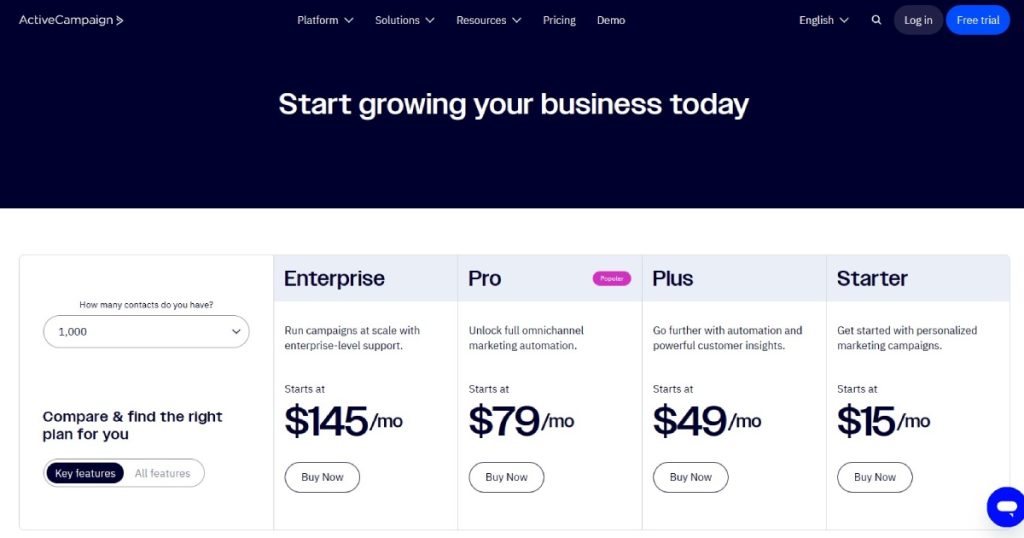
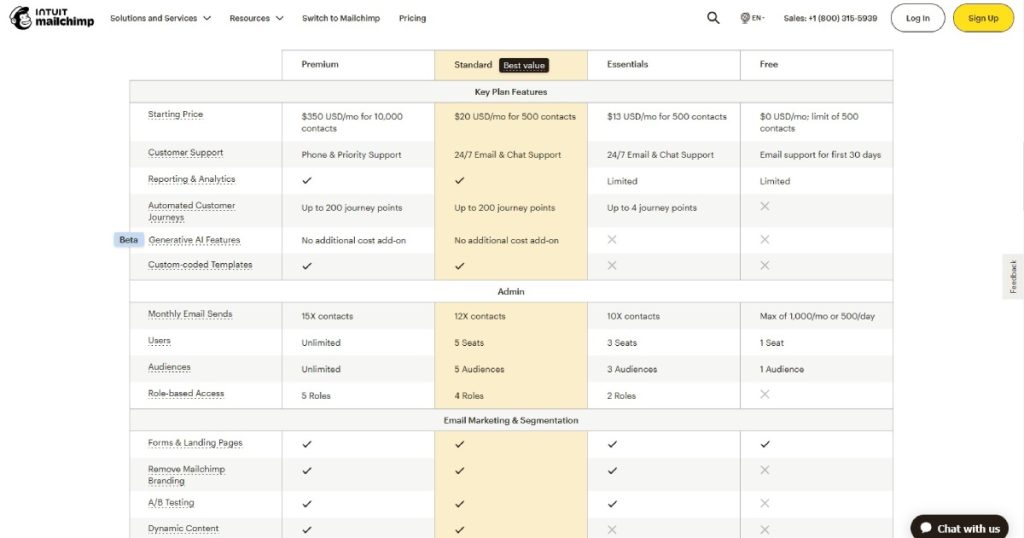
E-commerce Integration and Reporting
While ActiveCampaign offers deep data integrations with major e-commerce platforms, Mailchimp provides comprehensive e-commerce reporting for various platforms. This can be particularly useful for online retailers who need detailed insights into how their email campaigns are impacting sales.
- ActiveCampaign:
- Deep integrations with e-commerce platforms like Shopify
- Advanced segmentation based on purchase history
- Automated follow-up emails based on user behavior
- Mailchimp:
- Product recommendations
- Abandoned cart emails
- Detailed sales and revenue tracking
Innovative Solutions by Prism Reach
While ActiveCampaign and Mailchimp dominate the email marketing landscape, innovative solutions like Prism Reach are emerging to address the evolving needs of publishers and eCommerce businesses. Prism Reach leverages advanced AI technology to create hyper-personalized newsletters, offering a unique approach to email marketing that goes beyond the capabilities of traditional platforms.
Unlike ActiveCampaign and Mailchimp, which focus on creating and sending mass email campaigns, Prism Reach treats each subscriber as an individual. It creates multiple personalized emails tailored specifically for each subscriber, utilizing AI-powered user avatars and advanced analytics to deliver content that aligns perfectly with individual interests and preferences.
- AI-Powered Personalization: Enhances email customization beyond standard segmentation.
- Dynamic Content Selection: Automatically selects the most relevant content for each subscriber.
- Advanced AI Features: Includes anti-spam checks and ensures high deliverability rates.
Prism Reach’s AI feedback loop continuously analyzes subscriber behavior, enabling ongoing personalization and refinement of content. This level of personalization surpasses the segmentation capabilities of both ActiveCampaign and Mailchimp, potentially leading to higher engagement rates and increased revenue for publishers and eCommerce businesses.
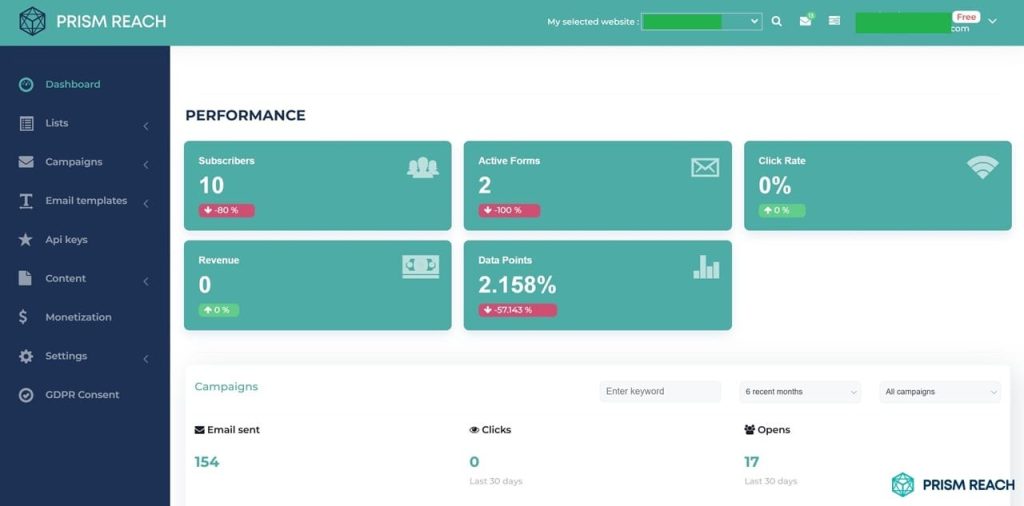
Hidden Gems: Enhancing Your Email Marketing Strategy
Both ActiveCampaign and Mailchimp offer a wealth of features, but there are lesser-known strategies that can significantly enhance your email marketing effectiveness. Here are five hidden gems to consider:
- Utilize Hidden Fields in ActiveCampaign: Capture additional information about contacts without them seeing it. This can include tracking the source of the lead or other contextual information that helps in segmentation and targeting.
- Dynamic Content Personalization: Personalize different parts of your emails based on user data, preferences, and behavior. This means you can send one email with varying content blocks tailored to different segments.
- Conditional Content for Targeted Messaging: Show or hide specific content blocks in your emails based on the recipient’s interests or actions. This allows for highly personalized messaging that can significantly improve engagement rates.
- Advanced Segmentation Using Tags: Create detailed segments based on tags assigned to contacts based on their interactions, such as website visits or email clicks. This enables highly targeted campaigns that resonate with specific audience subsets.
- Leverage Site Tracking for Behavior Insights: Monitor what products or services your contacts are interested in based on their website behavior. Use this data to inform follow-up emails and tailor content based on actual interests.
Upgrade Your Email Marketing with Prism Reach
While ActiveCampaign and Mailchimp offer robust solutions for email marketing, Prism Reach takes your campaigns to the next level with its cutting-edge AI-powered personalization. By leveraging advanced AI algorithms, Prism Reach transforms how publishers and content creators engage with their audiences, ensuring each newsletter is meticulously tailored to individual subscriber behaviors and preferences. This level of personalization not only enhances the relevance of your content but also fosters deeper connections with your audience, driving sustained engagement and loyalty.
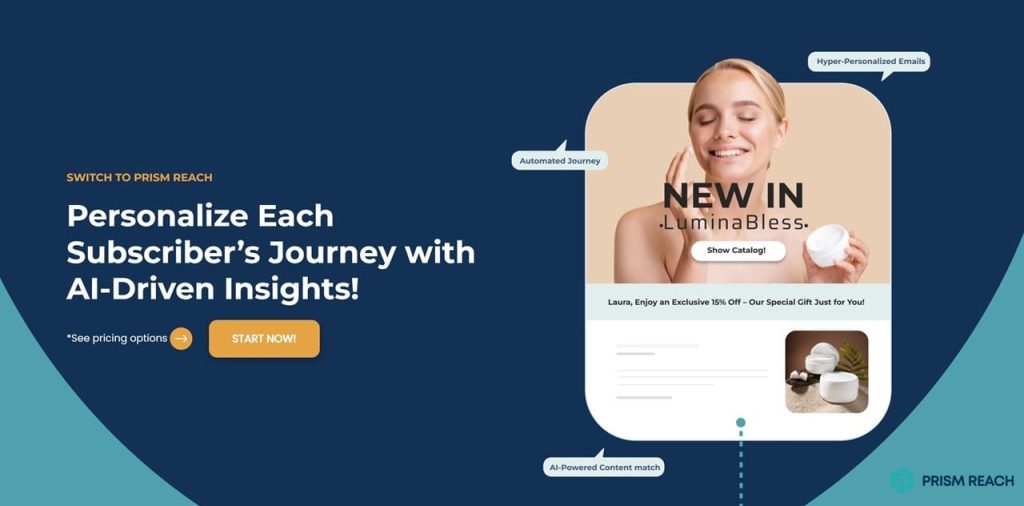
Benefits of Prism Reach
1. Enhanced Engagement
Prism Reach’s AI-driven personalization capabilities significantly boost engagement rates by delivering content that resonates deeply with each subscriber. Unlike traditional email marketing tools that rely on broad segmentation, Prism Reach analyzes individual subscriber data to curate personalized content blocks within each email. This ensures that every recipient receives information that is highly relevant to their interests and behaviors.
- Personalized Content Delivery: By tailoring content to match subscriber preferences, Prism Reach increases the likelihood that recipients will interact with your emails. This personalized approach can lead to engagement rate increases of up to 40%, as reported by publishers using the platform.
- Dynamic Content Updates: The platform continuously learns from subscriber interactions, allowing it to update and refine content dynamically. This means your emails remain fresh and aligned with the evolving interests of your audience, keeping engagement levels consistently high.
- Interactive Elements: Incorporating interactive elements such as personalized product recommendations, tailored articles, and custom offers further enhances engagement by providing value that is directly aligned with each subscriber’s needs.
2. Higher Revenue
Prism Reach’s sophisticated personalization not only drives engagement but also translates into increased revenue through targeted advertising and efficient content strategies. By understanding each subscriber’s unique preferences and behaviors, Prism Reach enables you to deliver highly relevant offers and advertisements that are more likely to convert.
- Tailored Advertising: The platform’s ability to analyze detailed subscriber data allows for precise targeting of advertisements. This means that ads are shown to the right audience at the right time, maximizing the chances of conversion and boosting advertising revenue.
- Efficient Content Targeting: By delivering content that aligns with subscriber interests, Prism Reach reduces the likelihood of content being ignored or deleted. This efficiency ensures that your marketing efforts are focused on what truly matters to your audience, leading to higher conversion rates and increased sales.
- Monetization Opportunities: Prism Reach provides unique monetization features, such as targeted ad placements and sponsored content opportunities. These features allow publishers and eCommerce businesses to generate additional revenue streams by leveraging their highly engaged and well-segmented email lists.
3. Improved Productivity
Managing email marketing campaigns can be time-consuming, especially when striving for high levels of personalization and engagement. Prism Reach streamlines this process through automation and AI-driven insights, significantly reducing the time and effort required to create and manage effective campaigns.
- Automated Campaign Management: Prism Reach automates the process of content selection, personalization, and scheduling. This means you can set up complex, multi-step campaigns with minimal manual intervention, freeing up valuable time to focus on other strategic initiatives.
- AI-Driven Insights: The platform provides actionable insights based on subscriber behavior and campaign performance. These insights enable you to make data-driven decisions quickly, optimizing your campaigns for better results without extensive manual analysis.
- Seamless Integration: Prism Reach integrates seamlessly with existing marketing tools and platforms, allowing for smooth data flow and reducing the need for repetitive tasks. This integration ensures that your workflows remain efficient and that your marketing efforts are cohesive across all channels.
How Prism Reach Enhances Your Email Marketing Strategy
Prism Reach stands out in the competitive landscape of email marketing by offering a level of personalization and automation that surpasses traditional platforms like ActiveCampaign and Mailchimp. Here’s how Prism Reach can revolutionize your email marketing strategy:
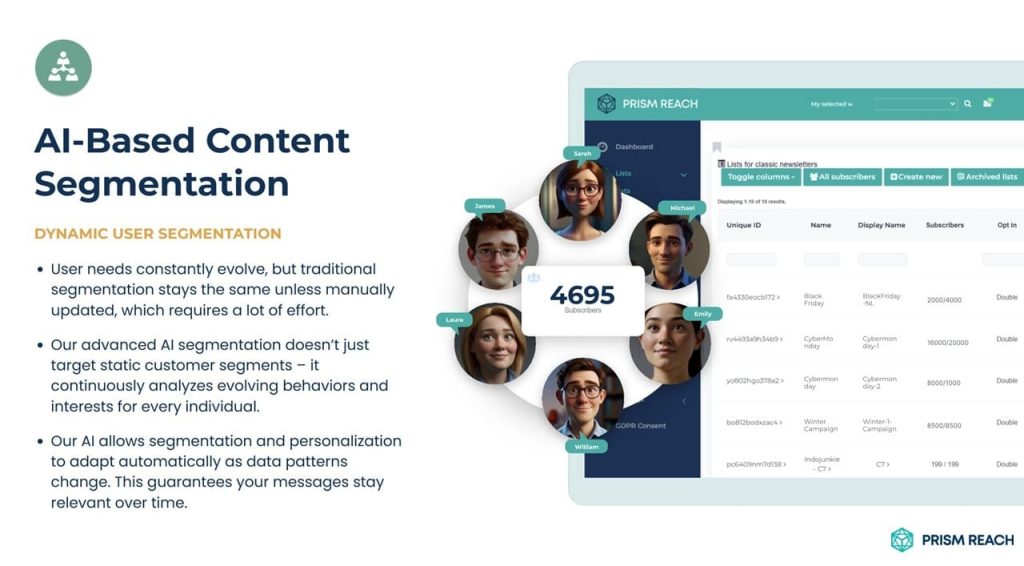
- AI-Powered Personalization: At the heart of Prism Reach is its proprietary AI technology, which analyzes vast amounts of data to create detailed user avatars. These avatars enable the platform to deliver highly personalized content that speaks directly to each subscriber’s interests and behaviors.
- Dynamic Content Selection: Prism Reach automatically selects the most relevant content for each subscriber, ensuring that every email is uniquely tailored to their preferences. This dynamic approach not only enhances engagement but also ensures that your content remains relevant and valuable to your audience.
- Optimal Sending Times: Utilizing predictive analytics, Prism Reach determines the best times to send emails to each subscriber. This ensures that your messages are delivered when they are most likely to be opened and read, maximizing engagement and response rates.
- Advanced AI Features: Beyond personalization, Prism Reach includes features like anti-spam checks and high deliverability rates. These features ensure that your emails consistently reach the inbox, avoiding spam filters and maintaining the integrity of your email campaigns.
- Monetization and Advertising Networks: Prism Reach offers unique monetization opportunities through targeted advertising and an advertising swap network. This allows publishers to monetize their newsletters more effectively by placing relevant ads and facilitating mutual promotions among publishers.
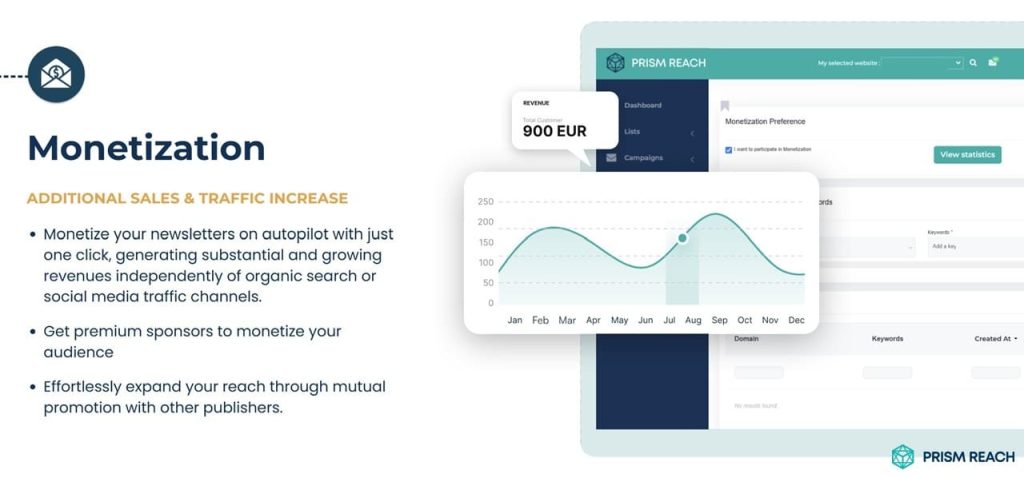
By integrating Prism Reach into your email marketing strategy, you can achieve a level of personalization and efficiency that drives both engagement and revenue. Whether you’re a publisher looking to enhance your audience’s experience or an eCommerce business aiming to boost sales through targeted marketing, Prism Reach provides the tools and insights needed to succeed in today’s competitive digital landscape.
Prism Reach vs. Traditional Email Marketing Platforms
While ActiveCampaign and Mailchimp offer robust features for email marketing, Prism Reach differentiates itself through its AI-centric approach to personalization and automation. Here’s a comparison to highlight the unique advantages of Prism Reach:
- Personalization Depth: Traditional platforms rely on segmentation and basic personalization techniques. Prism Reach goes a step further by using AI to create detailed user avatars and dynamically personalize content, ensuring each email is uniquely tailored to the individual subscriber.
- Automation Complexity: ActiveCampaign offers advanced automation, but Prism Reach enhances this with AI-driven workflows that adapt based on real-time subscriber interactions, providing a more responsive and effective marketing strategy.
- Revenue Generation: While Mailchimp and ActiveCampaign provide tools for campaign management and automation, Prism Reach offers specialized monetization features such as targeted advertising and an advertising swap network, creating additional revenue streams for businesses.
- Efficiency and Productivity: Prism Reach’s AI-driven insights and automation significantly reduce the time required to manage campaigns, allowing businesses to focus on strategic growth rather than operational tasks.
In summary, Prism Reach not only matches but exceeds the capabilities of traditional email marketing platforms by offering a more personalized, efficient, and revenue-driven approach. Integrating Prism Reach into your marketing toolkit can provide a competitive edge, ensuring your email campaigns are both impactful and profitable.
Upgrade Your Email Marketing with AI Personalization!
FAQ
Conclusion
In the battle of ActiveCampaign vs Mailchimp, there’s no clear winner – the best choice depends on your specific needs, budget, and level of email marketing expertise. ActiveCampaign shines with its advanced automation, CRM features, and higher deliverability rates, making it ideal for larger businesses and experienced marketers. Mailchimp, with its user-friendly interface and free plan, is perfect for small businesses and beginners.
However, as email marketing continues to evolve, innovative solutions like Prism Reach are pushing the boundaries of what’s possible. By leveraging AI for hyper-personalization and offering unique monetization features, Prism Reach presents an intriguing alternative for publishers and eCommerce businesses looking to take their email marketing to the next level.
Ultimately, the choice between ActiveCampaign, Mailchimp, or an innovative solution like Prism Reach should be based on a careful evaluation of your business goals, technical capabilities, and target audience. Whichever platform you choose, remember that the key to successful email marketing lies not just in the tools you use, but in how effectively you use them to engage your audience and drive results.
Sources
- EmailToolTester. (n.d.). ActiveCampaign review. Retrieved from https://www.emailtooltester.com/en/reviews/activecampaign/
- EmailToolTester. (n.d.). Mailchimp review. Retrieved from https://www.emailtooltester.com/en/reviews/mailchimp/
- Zapier. (n.d.). ActiveCampaign vs Mailchimp comparison. Retrieved from https://zapier.com/blog/activecampaign-vs-mailchimp/
- Website Planet. (n.d.). ActiveCampaign vs Mailchimp: Which is better? Retrieved from https://www.websiteplanet.com/blog/activecampaign-vs-mailchimp/
- Moosend. (n.d.). ActiveCampaign vs Mailchimp: Which one is right for you? Retrieved from https://moosend.com/blog/activecampaign-vs-mailchimp/